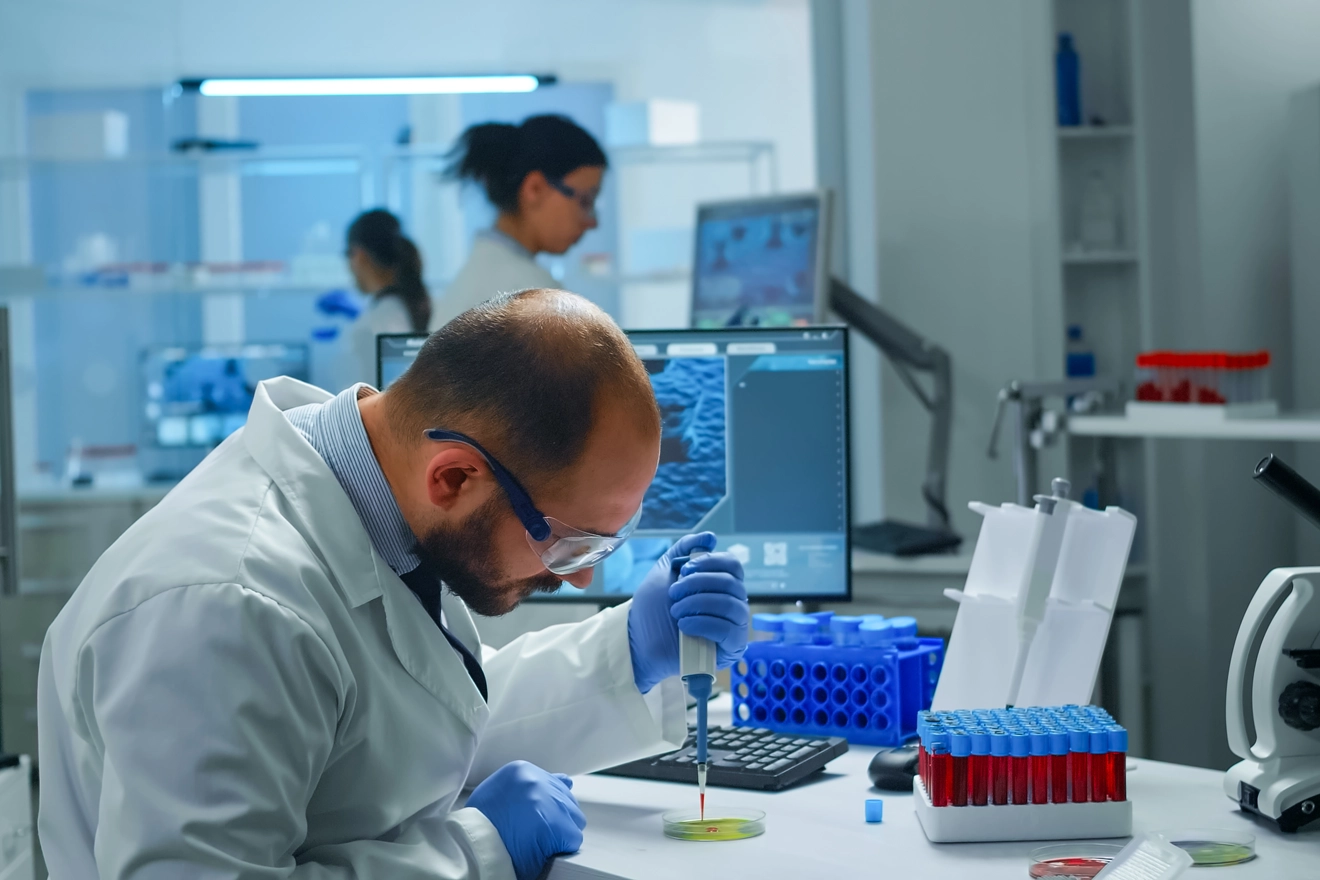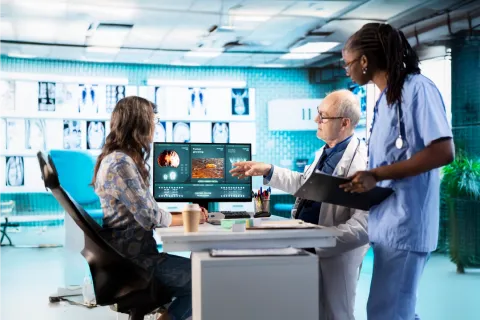
Singapore’s Health Sciences Authority (HSA) has published a guidance document detailing the classification rules for In Vitro Diagnostic (IVD) medical devices. As per the general rule, Regulatory controls should be proportional to the level of risk associated with an IVD medical device. Therefore, the level of Regulatory control should increase with the increasing degree of risk, and hence there arises a need to classify IVD medical devices based on their risk to patients and users.
An IVD medical device’s risk depends on its intended purpose and the effectiveness of the risk management techniques applied during design, manufacture, and use. It also depends on its intended user(s), mode of operation, and/or technologies. Let’s get to know the details in the HSA’s guidance document.
Classification System for IVD Medical Devices
Based on the individual risk and public health risk level, HAS classifies IVD medical devices into four (04) categories as follows:
- Class A – Low individual risk and low public health risk
- Class B – Moderate individual risk and/or moderate public health risk
- Class C – High individual risk and/or moderate public health risk
- Class D – High individual risk and high public health risk
IVD Classification Rules
- Rule 1 – IVD medical devices intended to be used to detect the presence of or exposure to a transmissible agent in blood, blood derivatives, blood components, cells, tissues, or organs to assess their suitability for transfusion or transplantation, or devices intended to be used to detect the presence of, or exposure to a transmissible agent that causes a life-threatening, often incurable, disease with a high risk of propagation are classified as Class D.
- Rule 2 - IVD medical devices intended for blood grouping or tissue typing to ensure the immunological compatibility of blood, blood components, cells, tissue, or organs intended for transfusion or transplantation are classified as Class C.
- Rule 3 - IVD medical devices are classified as Class C if they are intended to be used for detecting the presence of or exposure to a sexually transmitted agent, detecting the presence in cerebrospinal fluid or blood of an infectious agent with a risk of limited propagation, prenatal screening of women to determine their immune status towards transmissible agents, human genetic testing, and screening for congenital disorders in the fetus.
- Rule 4 - IVD medical devices intended for self-testing are classified as Class C, except those devices from which the result does not determine a medically critical status or is preliminary and requires follow-up with the appropriate laboratory test, in which case they are Class B.
- Rule 5 - Reagents or other articles that possess specific characteristics, intended by the product owner to make them suitable for IVD procedures related to a specific examination, standalone instruments (inclusive of software) intended by the product owner specifically to be used for IVD procedures, not intended for use in specific medical diagnostic purposes are classified as Class A.
- Rule 6 & 7 - IVD medical devices not covered in rules 1 through 5 and those that are controlled without a quantitative or qualitative assigned value will be classified as Class B.
To summarize, the HSA has described the applicable classification rules for IVD medical devices depending on their intended purpose, indications for use, and the risks associated with using the device. For a compliant Singaporean market entry, IVD medical device manufacturers must consider and implement the classification rules. To know more about the HSA’s IVD classification rules, reach out to Freyr – a proven Regulatory partner. Stay informed. Stay compliant.









